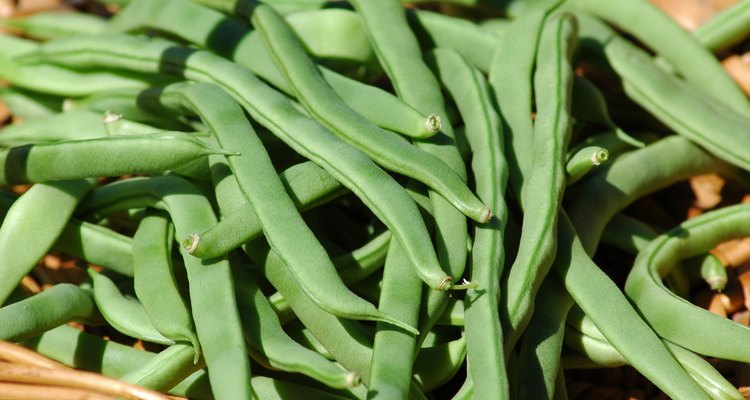
Yen-Hung Wang/iStock/Getty Images
Also known as string beans or snap beans, this bright green crunchy vegetable is in season and at its freshest in summer but is available frozen year-round. A colorful addition to any dinner plate, green beans are not just pretty -- they pack a powerful nutrition punch.
Description
Green beans are about 4 inches in length, emerald green in color and slightly pointed at the end. Fresh green beans have a satisfying crunch when raw. They are in the same family as shell beans, such as pinto, black and kidney beans, but unlike those beans, you can eat an entire green bean, including the pod and seed.
The Basics
A 125-gram or 1-cup serving of green beans, cooked, provides 44 calories, 2.5 grams of protein, 10 grams of carbohydrates, zero grams of fat, 4 grams of dietary fiber and 1.25 milligrams of sodium. This vegetable is rich in many vitamins and minerals, including vitamins C and K, folate, potassium and manganese, according to the website NutritionValue. In addition, they are a food source of several carotenoids, which is a form of vitamin A found in fruits and vegetables that act as antioxidants. Carotenoids in green beans include beta-carotene, lutein and zeaxanthin.
Vitamin and Mineral Highlights
One cup of cooked green beans, or 125 grams, provides 875 IU of vitamin A, or 17 percent of the recommended daily value; 12.1 milligrams of vitamin C, or 20 percent of the DV; 41.3 micrograms of folate, or 10 percent of the DV; and 373 milligrams of potassium, or 10 percent of the DV. The U.S. Department of Agriculture says American adults do not consume enough vitamin A, vitamin C, potassium or dietary fiber; children and adolescents fall short on dietary fiber and potassium; and older adults do not consume enough folate-rich foods -- making green beans an excellent choice.
Anticancer Benefits
Vitamin C, in conjunction with the carotenoids, help to support the immune system and prevent cellular damage caused by free radicals. Free radicals are molecules that, when exposed to oxygen, damage DNA. Folate may help prevent DNA damage and cellular mutation as well. According to the National Cancer Institute, populations that consume diets rich in fruits and vegetables have a lower cancer risk, in part, due to their high carotenoid, vitamin A and C content. This protective benefit is particularly pronounced for cancers of the lung, gastrointestinal tract, breast, oral cavity, pancreas, uterine cervix, and ovary. Green beans are rich in all of these protective nutrients.
Serving Suggestions
Eating 1 cup of green beans meets nearly half of your vegetable requirement for the day. Enjoy this low-calorie vegetable raw or cooked, hot or cold. They are a key ingredient for a cold Salad Nicoise. This salad also contains tuna fish and potatoes, two other healthy foods. For a tasty side dish, sauté green beans with shiitake mushrooms in olive oil. For your holiday dinner, prepare the classic dish green beans almondine, or roast them with red bell peppers, garlic, olive oil and fresh herbs.
Related Articles

The Nutritional Value of Edamame Beans

Nutrition Information on Blueberries

Fruits & Vegetables Rich in Potassium ...

Food Sources of Betaine
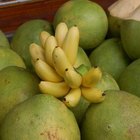
Foods From Rainforest Plants
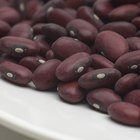
Red Kidney Beans Nutrition
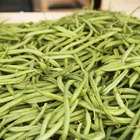
Nutritional Value of String Beans
Nutrition Information of Jewel Yams
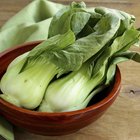
Bok Choy Nutrition

Which Vegetables Produce the Most ...

Federal Government Grants for Child Day ...
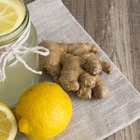
Can I Exercise on the Master Cleanse ...

How to Store Raw Peanuts

What Vitamins Help the Liver?

How to Cook Fresh Turnip Greens

A List of Foods That Contain Choline
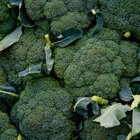
Vegetables That Are Considered to Be ...
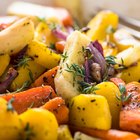
How to Roast Radishes, Parsnips, ...
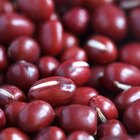
Nutrition Information for Adzuki Beans

Food Sources of Phosphatidylcholine
References
Resources
Writer Bio
Michele Turcotte is a registered, licensed dietitian, and a certified personal trainer with the National Academy of Sports Medicine. She has more than 12 years of experience in clinical and corporate settings, and has extensive experience in one-on-one diet counseling and meal planning. She has written freelance food and nutrition articles for Trouve Publishing Inc. since 2004.
Photo Credits
Yen-Hung Wang/iStock/Getty Images